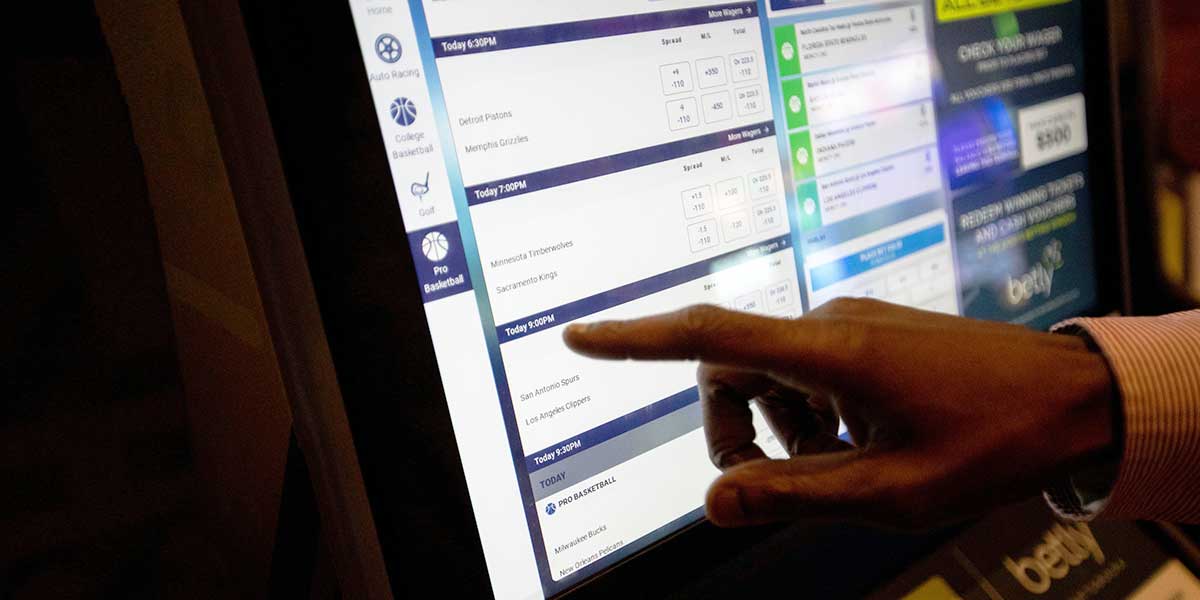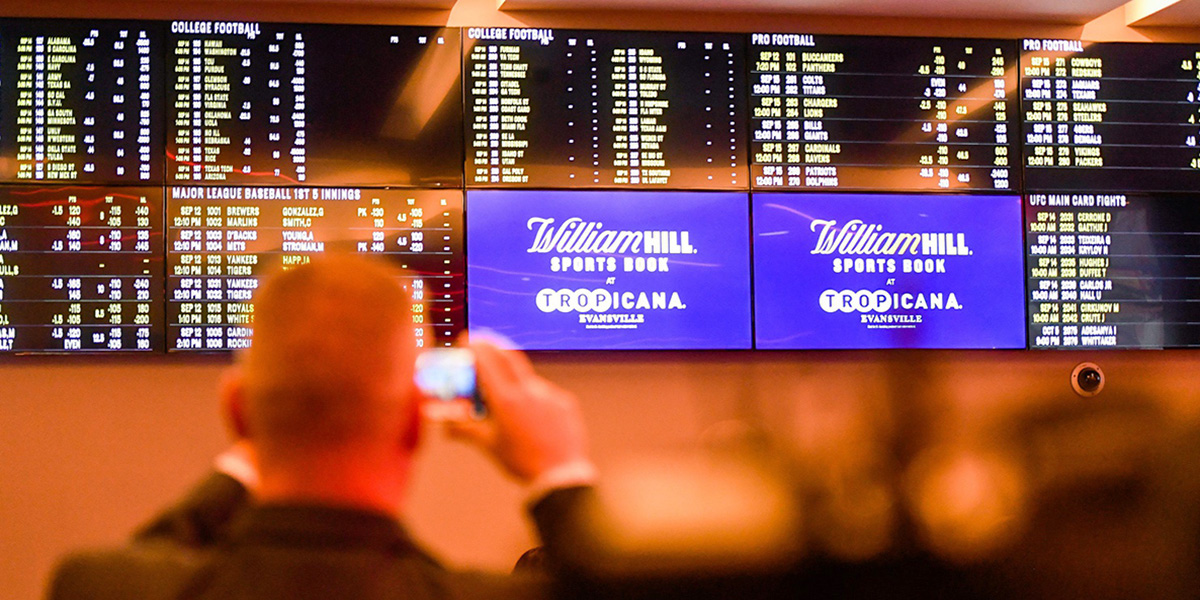How to Read A Point Spread
 Bookmakers use the point spread to ensure every betting event is evenly matched, so bettors will put action on both sides of the line instead of just the team that’s more likely to win. The favorite, indicated by a minus (-) sign, must win by a certain number of points set in advance by the sportsbook to win a wager placed on them. The underdog, usually indicated by the plus (+) sign, must lose by less than the number of points set by the bookmaker or win the game outright for a wager on them to be a winner.
Bookmakers use the point spread to ensure every betting event is evenly matched, so bettors will put action on both sides of the line instead of just the team that’s more likely to win. The favorite, indicated by a minus (-) sign, must win by a certain number of points set in advance by the sportsbook to win a wager placed on them. The underdog, usually indicated by the plus (+) sign, must lose by less than the number of points set by the bookmaker or win the game outright for a wager on them to be a winner.
When deciding a point spread, the biggest thing bookmakers use to set the spread is the difference in skill between the two teams. Sportsbooks use many factors to determine the spread of each game, such as the team’s current play level, home-field advantage, weather, roster moves, and player injuries.
How Do Point Spreads Work?
As an example, here’s how a potential NFL game might look: If the Los Angeles Rams are much better than the New York Jets, almost everyone will bet on the Rams to win without a point spread, which is why bookmakers use it to encourage action on both sides of the bet.
Since the Rams are the favorite, they could be given a spread of -10, meaning they must win the game by more than ten points for a wager on them to win. On the other side, the underdog Jets would have a line of +10. To win a bet on the Jets, they must either lose by less than ten points or win the game outright.
Every bet on the spread has three potential outcomes: A win, a loss, or a push. A win is when the team covers the spread, meaning the favorite wins by more than the spread, or the underdog loses by less than the spread or wins the game.
A push is when the favorite wins by the exact number of the spread set by the bookmakers. Based on the above example, a push would be the Rams beating the Jets 20-10. The ten-point difference is the same number set by the sportsbook. A push results in the wager being voided and the original stake refunded to the bettor.
What is “Juice” in Points Spread Betting?
When looking at point spread betting lines, the spread is just one of the numbers connected to the wager. Using the previous example, next to the -10 spread will be another number, most commonly -110 at US sportsbooks, which is the price the bettor is laying.
In this example, the player is betting $110 for every $100 they hope to win on both sides of the line. This extra fee is called vigorish or “juice” and is how the sportsbook ensures they make a profit. Without the juice, players could bet on both sides of the line and break even. However, this forces the player to pay a fee for each wager they make.
Why Point Spreads Change
A point spread can change from when it’s first posted on any sportsbook. This is very common in sports betting, with many factors that can change the spread up until the start of the game. Things such as a player injury or a change in the weather can cause the spread to move.
Another instance is when too many bets are coming in on one side of the line than the other. The bookmaker must adjust the line to encourage bets on the opposite side to make it more even. Bettors can gain an advantage by the timing of placing a spread bet, depending on which way the line has moved.
Is Betting Point Spreads A Good Option?
There are many reasons why betting point spreads is one of the most popular options and is a safe bet for anyone that wagers on sports. Spread betting has among the lowest juice of any other betting market, meaning the sportsbook keeps less of the money played by bettors.
In addition, spread betting has higher limits to satisfy high rollers than most other markets. However, players should also realize that there may be some frustrating situations with point spread betting, as teams will sometimes fail to cover because of a last-minute score that could end up losing a bet.
Other Helpful Reads
























